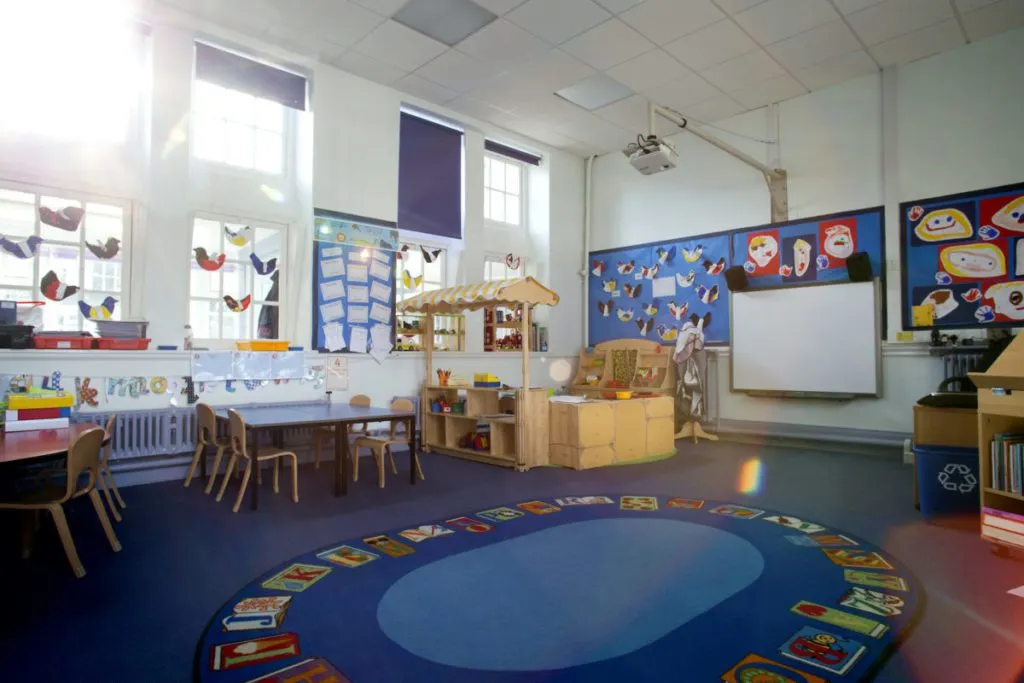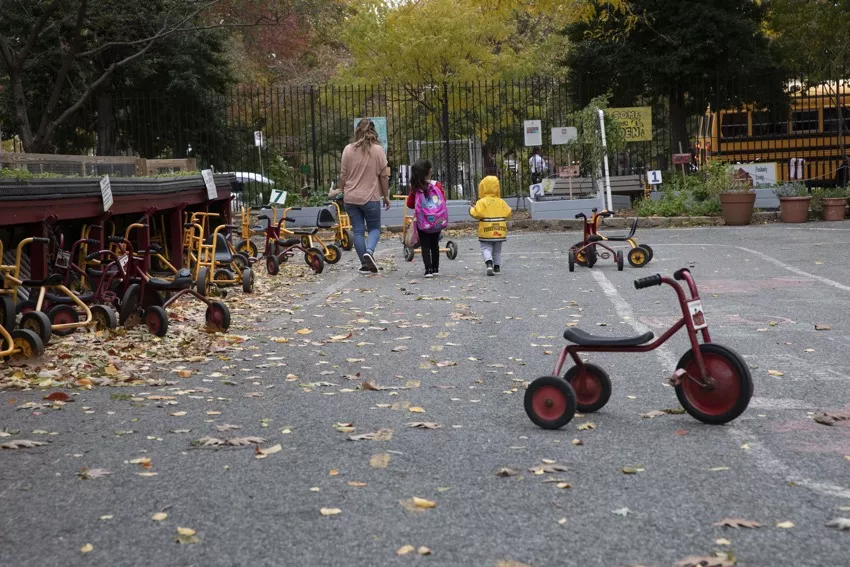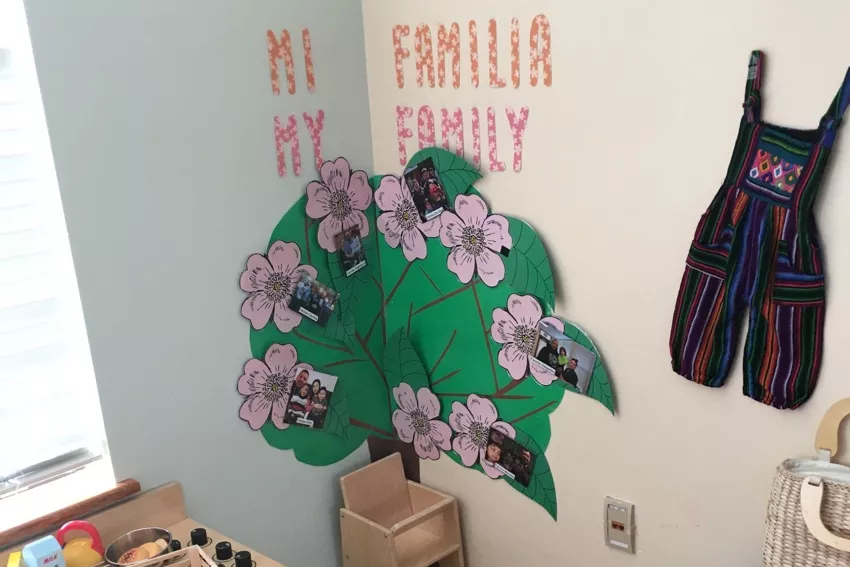Four Strategies to Include Children and Families In Your Classroom

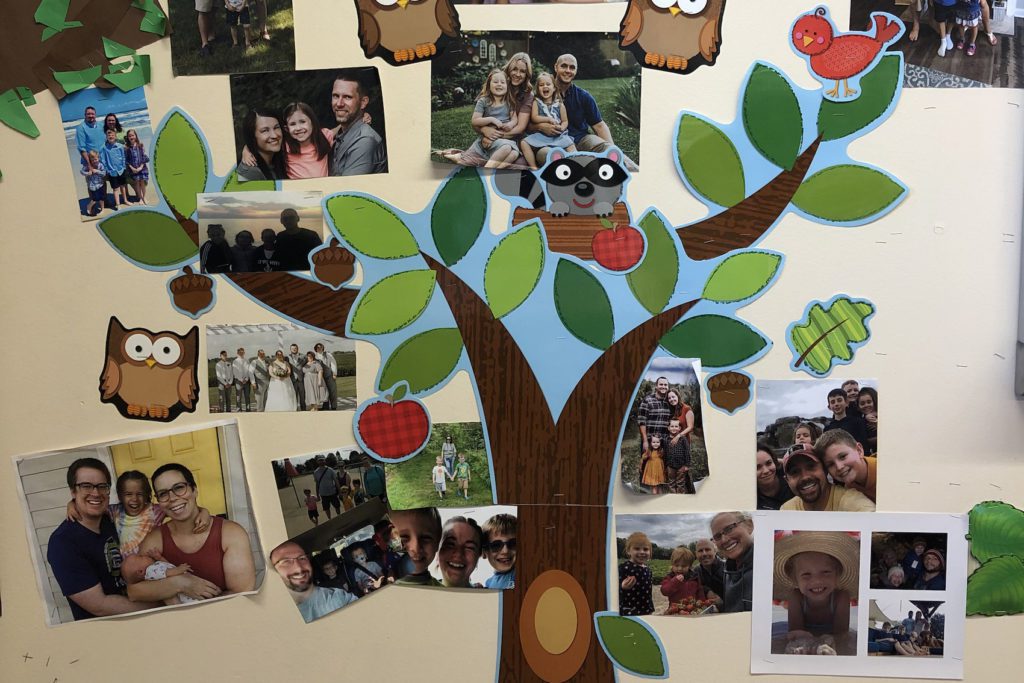
Sending a Postcard: A Simple Act With a Profound Impact
We probably all remember the chatter amongst friends about at the end of the school year about which teacher we hoped to get the next school year. We weren’t the first to have these discussions with our friends, and we certainly weren’t the last.
My son Jackson was coming to the end of his third-grade year. He would often talk about what the next year might hold for him, and his biggest wish was that he would not get Mrs. Price as a teacher in fourth grade. The children saw Mrs. Price as the “hard” teacher because she made everyone learn how to write in cursive.
About 3 weeks before the new school year, Jackson received a postcard in the mail from Mrs. Price. Mrs. Price had written Jackson a short note about how she was so excited to have him in her classroom this year and that she understood that he was a baseball fan like she was, and she couldn’t wait to talk all things baseball with him. Jackson was sold: this simple connection made Jackson so excited to begin the year. As Jackson entered Mrs. Price’s classroom that year, she had baseball books, a baseball picture on the wall, and a label for his desk with a bat. Jackson immediately saw himself in the classroom. It was no longer Mrs. Price’s classroom—it was their classroom.
While this seems like a simple act, the impact on Jackson’s learning was astronomical. As an educator, Mrs. Price’s simple action of sending a postcard and thoughtful placement of materials motivated me as an educator to ask myself, “How do children see themselves in this space?”
Making It “Our” Classroom

As educators, we often reflect on how we will set up our classroom for the new school year, such as where we might place shelves, what materials we want to display, and how we plan to welcome children into the classroom. However, what we want to reflect on is how we can build a true community, where it is not “my” classroom but “our” classroom, where every child can see themselves, their family, and their community.
What I have learned is that this process is all about the conversations we have with families; with others who have supported the child; and, of course, with the children. Here are some strategies you may consider.
- Find ways to connect with families and others who have supported the child prior to the beginning of the school year. Mrs. Price had a conversation with Jackson’s third grade teacher about his interests. You might reach out to families via phone or zoom to get to know the child and their family. Then, put materials out in the classroom that the child and their family might be drawn to. A family member may let you know that they enjoy game nights together, so you could add a few of their favorite games to the Toys and Games area.
- As you introduce children to interest areas, ask them what is missing. I will never forget a teacher who asked children what was missing from their “kitchen” in the classroom that they had at home. One child said that they had a chandelier above their table, and another child said that the dog bowls were missing. The children built a chandelier together to place above the table, and the teacher added two bowls and a stuffed dog to the Dramatic Play area. Children were drawn to this area because they saw themselves and their families.
- Ask families about their passions and where they work. Place items in the classroom that are reflective of their answers. At one time, I had a family member who worked in a picture framing shop. We added materials to the Art area for children to build their own frames after creating art. The child could see himself and his father in the classroom, and this brought the children and their families together.
- Think about the community that you live in. What is special about it? What is your community known for? If you live in a rural farming community, you might add informational books about farming to your Library area and tractors to your Block area. You might engage children in growing their own garden. If you live in a community where most of the children’s families work in retail or restaurants, you might add menus to your Dramatic Play area or pictures of stores families work at to your Block area.
These strategies let children know that they belong. When children see themselves in the classroom, this encourages children to discuss their similarities and differences. This leads to deeper relationships among children and with the teacher. It’s all about the simple acts that set the stage for children and families to feel connected to you and each other.
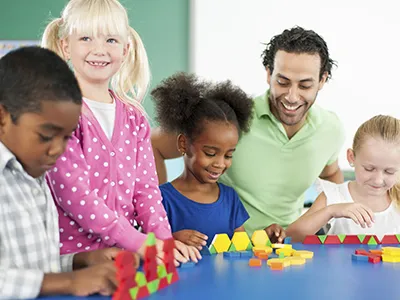
Using the Cultural Wealth of Families to Create Meaningful Learning Contexts for Children
In this webinar, we highlight how actively seeking out and embracing learning from families can create learning contexts that are responsive and meaningful to children.
